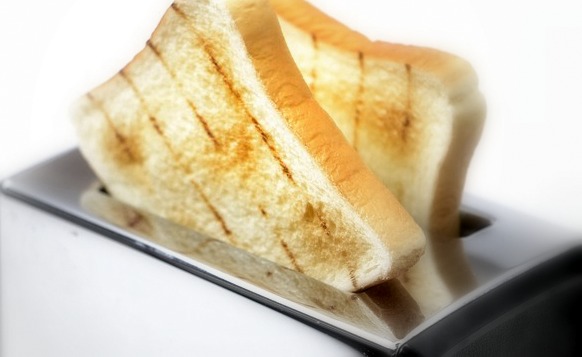Playing with toast: Our first Ivanhoe game
We were pleased—and perhaps a bit surprised—that we completed our Praxis Charter so painlessly. It was both a test run to see how effectively we could work together as a new team and an opportunity to synthesize our many divergent ideas and goals for this experience. In terms of our work dynamic, we were quickly introduced to what will likely be a major reoccurring obstacle: our schedules simply do not overlap. We eventually did find one precious hour during which all six of us are available and we tentatively reserved it each week in case we need it. Generally, though, we developed a system that seems to work well for us: balancing critical, individual contributions with short, effective meetings. By mauling over drafts and comments independently before our meetings, we were able to make the most of our meeting time and plowed through our major revisions and concerns as a team.
The ease of writing our charter was likely assisted by our shared goals for the Ivanhoe platform. While acknowledging that we all want to gain something different from the Praxis Program, we generally agreed that our ultimate product —the redesign of Ivanhoe—should be open, engaging, accessible, and flexible in order to appeal to as many players and communities as possible. We do not want Ivanhoe to be a neglected platform or a mere requirement for a classroom assignment; our goal is to capture the original sense of play so clearly embodied in the early Ivanhoe games played by Jerome McGann, Johanna Drucker, and Bethany Nowviskie.
In our charter, we agreed that, “while committed to accessibility, the team will be wary of diffusing our attention among too many goals, platforms, or disciplines. We will do our best to focus on a smaller set of outcomes to be developed to completion.” Yet, this is easier said than done! After playing a few Ivanhoe games as a cohort, we began to consider how exactly we could redesign Ivanhoe to inspire the sense of play we desire. In our first Ivanhoe game,“Toast Sandwich,” which was selected for our shared love of all things food and cooking, we responded as various characters to Mrs. Beeton’s infamous toast sandwich recipe. We agreed to make this an open game with no rules or restrictions regarding roles and moves. While fun, the game itself petered out fairly quickly and we recognized a few obstacles that inhibited creative, interactive, and extended play. First, when making a move, we could only respond to one other previous move. While this did not alter the game directly (we could still write our move in a way that incorporated previous moves), it did limit how those moves were tracked and ordered by the game. Second, we were not able to see the previous moves while making our own move without opening another tab. This made it difficult to incorporate or refer directly to past moves as the game commenced. Finally, with no notification function, it was just far too easy to forget about the game. If no one makes a move and no one remembers to check for other moves, the game ends with little opportunity to resume or follow-up.

While not the best game, our play was nevertheless instructive! Already, we felt that multiple functions needed to be altered: multiple responds, a split interface of some kind, and a notification system are necessary to help facilitate intuitive and fun play. Yet, on the other hand, we also discussed our encounter with the formal design of the website and Ivanhoe interface, which seemed clunky and dated. Could we also incorporate a formal redesign to help foster excitement and desire to play the game? Could we design or display the games in a way that would make them easily accessible to those not actively playing? On a related note, there seems to be a need to build up a collection of documentation or example games showing how to play. One obstacle that we encountered was perhaps too much flexibility. Recently, Praxis Fellow Jordis Gjata grappled with this issue in her blog “Rules and Flexibility,” asking if total flexibility or more stringent game-like rules were needed to enhance players’ experiences.
So much for our focus on smaller outcomes! We quickly amassed a workload impossible to complete in our short time frame. To me, the question about which aspects we need to focus on is tied directly to the needs of our players. But, who are our potential players?! We talked a lot about the use of the Ivanhoe platform within pedagogical frameworks, targeted for classroom use and skill development. Yet, fellow Praxis Fellow Andrew Ferguson, in his blog “Steps Taken,” brought up a significant concern about the arbitrary ‘gamification’ of required assignments and asked if this forced play would ultimately diminish the playful atmosphere that we desired. As a result, we considered how a platform like Ivanhoe could also be useful for people already engaging in such role play and collaborative writing—not for a grade, but rather for fun. There is no clear path forward, as our next step seems to be enmeshed in the question of our players’ motivation: will we be creating a platform that helps to excite and motivate students required to participate for a course grade or that tries to entice writers and players already motivated to play to use this particular platform?
In an attempt to better understand the implications of this question, I spent the last few weeks researching what we hoped would the focus of the Ivanhoe experience: that is, creative play. Specifically, what is it? Can play be used for education purposes? Is there a way that we can inspire it with the structure or design of Ivanhoe? I plan to answer these questions in my next blog post.
